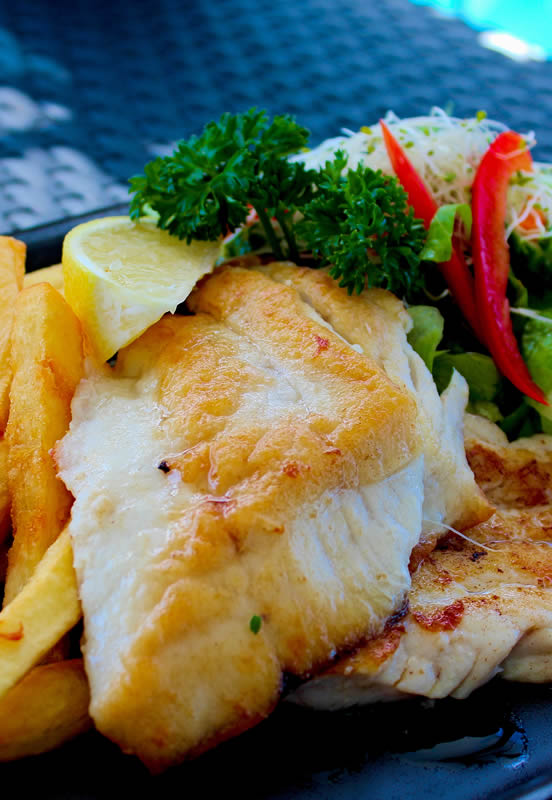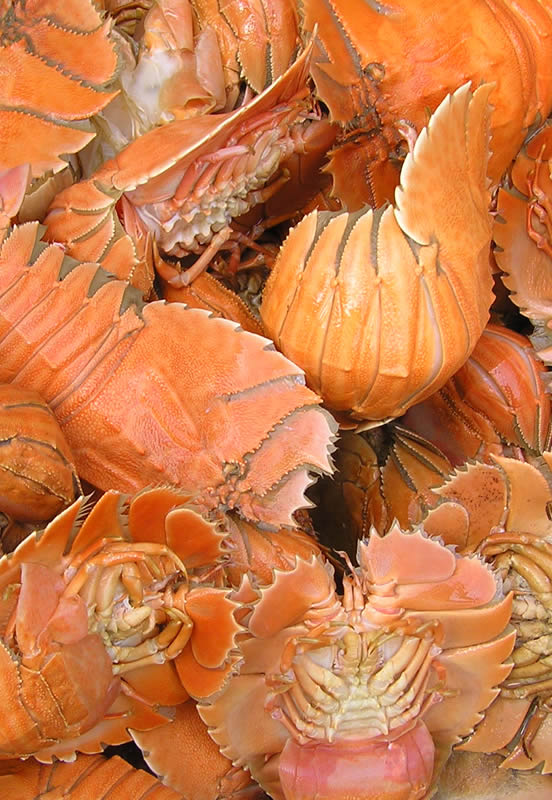


Queensland Catch tells seafood lovers the story of true local seafood. The registered collective trademark proudly identifies that the commercially caught wild catch seafood from the pristine clean waters of Queensland waters.

Queensland Catch connects seafood consumers to the commercial fishing families who harvest wild catch seafood in Queensland, provides tasty recipes, helpful hints and shares the story from the ocean to the plate.

Queensland Catch is a Collective Trademark (No.1301023) owned by the members of the Queensland Seafood Industry Association.